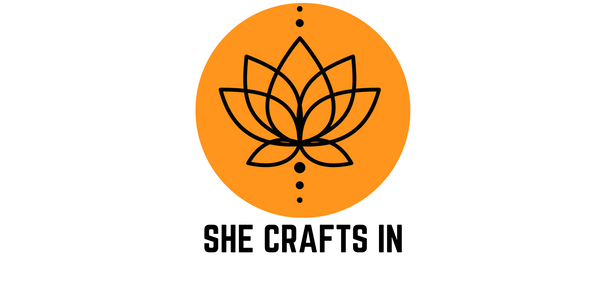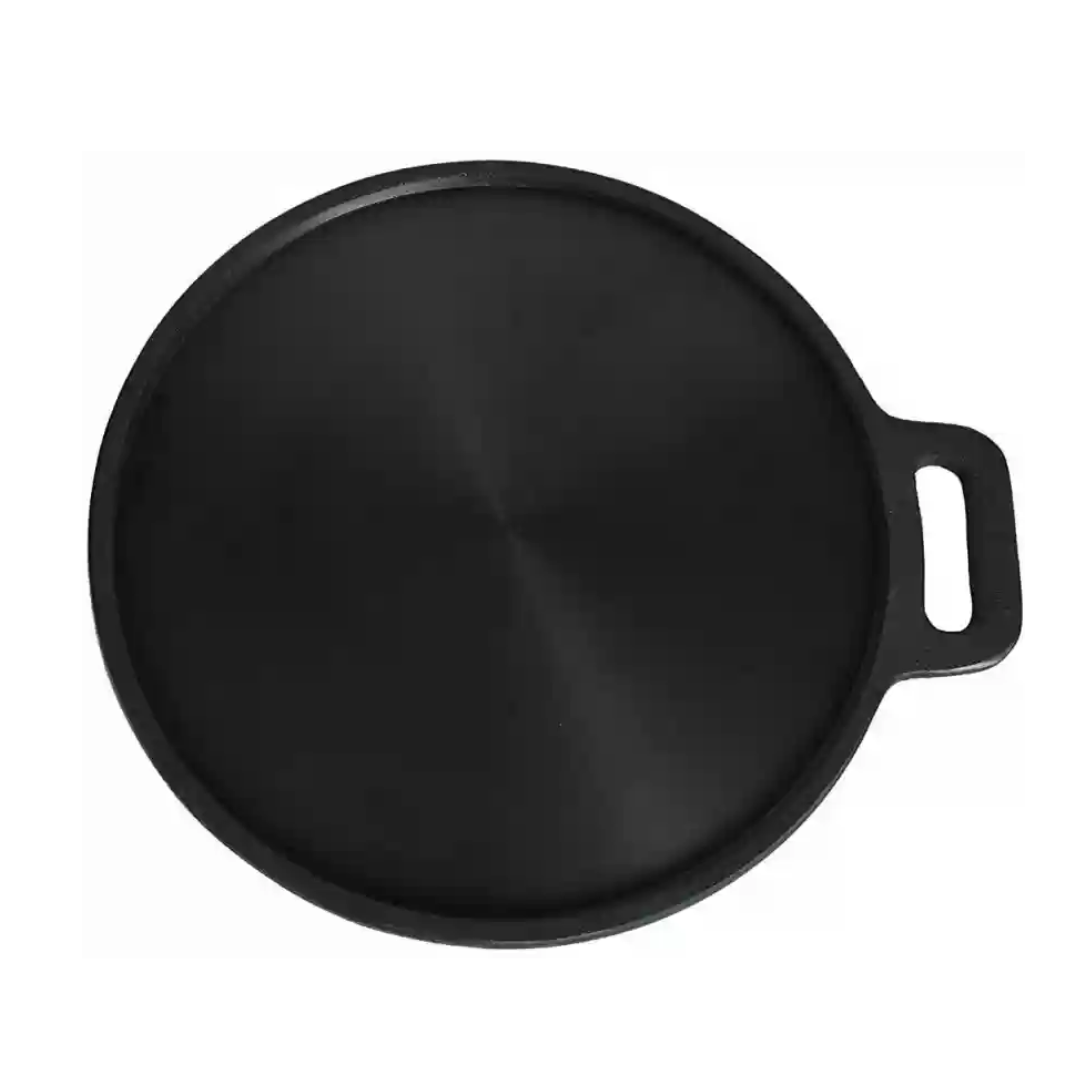Are you a fan of crispy, golden-brown dosas? If so, then you need to know about the traditional cast iron dosa tawa. This essential kitchen tool is a game-changer when it comes to making delicious dosas at home. In this blog post, we will explore the benefits of using a cast iron dosa tawa and how it can elevate your dosa-making skills.
What Makes a Cast Iron Dosa Tawa Special?
Unlike regular non-stick pans, a cast iron dosa tawa offers unparalleled heat retention and distribution. This means that your dosas will cook evenly and turn out perfectly every time. The heavy-duty construction of the tawa ensures that it heats up quickly and maintains a consistent temperature throughout the cooking process.
Another advantage of using a cast iron dosa tawa is its durability. With proper care, it can last for generations, making it a worthwhile investment for any dosa lover. The tawa develops a natural non-stick surface over time, which enhances the flavor and texture of your dosas.
How to Season and Maintain Your Cast Iron Dosa Tawa
Before using your new cast iron dosa tawa, it is crucial to season it properly. Seasoning creates a protective layer on the surface, preventing food from sticking and ensuring easy cleanup. To season your tawa, follow these simple steps:
- Wash the tawa with warm water and mild soap.
- Thoroughly dry the tawa with a clean towel.
- Apply a thin layer of vegetable oil or melted ghee to the entire surface of the tawa, including the sides.
- Place the tawa upside down in a preheated oven at 350°F (175°C) for one hour.
- Allow the tawa to cool completely before removing it from the oven.
To maintain the seasoned surface of your cast iron dosa tawa, avoid using harsh detergents or scrubbing pads. Instead, gently clean it with a soft sponge or brush and warm water. After washing, make sure to dry the tawa thoroughly to prevent rusting.
Why Choose a Traditional Cast Iron Dosa Tawa?
While there are various types of dosa tawas available in the market, the traditional cast iron tawa stands out for several reasons:
- Authenticity: Using a traditional cast iron tawa allows you to recreate the authentic taste and texture of dosas made in Indian households for centuries.
- Health Benefits: Cast iron is known for its ability to release small amounts of iron into the food during cooking, which can be beneficial for individuals with iron deficiencies.
- Versatility: Apart from dosas, a cast iron tawa can be used to make other Indian delicacies like uttapams, cheelas, and parathas.
- Cost-Effective: Investing in a cast iron dosa tawa is a cost-effective choice as it eliminates the need for buying non-stick pans frequently.

So, if you are a dosa enthusiast or want to explore the world of Indian cuisine, a traditional cast iron dosa tawa is a must-have kitchen tool. Its exceptional heat retention, durability, and ability to create mouthwatering dosas will surely impress your family and friends. Start your dosa-making journey today with a cast iron dosa tawa!
In the realm of culinary delights, few things are as universally cherished as the delectable dosa—a thin, crispy South Indian pancake that tantalizes taste buds with its rich flavors and unique texture. While the ingredients and techniques behind making the perfect dosa are essential, the tool you use can play an equally crucial role. In this journey of culinary exploration, let's delve into the world of the traditional cast iron dosa tawa, an age-old kitchen essential that imparts a unique character to this beloved dish.
The Timeless Cast Iron Dosa Tawa
Cast iron dosa tawas are the culinary bridges that connect generations, weaving stories of family gatherings, secret recipes, and the symphony of sizzling batter. These tawas are made from solid cast iron, a material known for its exceptional heat retention and distribution properties. The heavy, sturdy nature of cast iron ensures even cooking and a gradual release of heat, which is ideal for achieving that coveted golden-brown and crispy dosa.
Culinary Alchemy: The Benefits of Using Cast Iron Dosa Tawa
-
Uniform Heating: Cast iron tawas distribute heat uniformly across their surface, preventing any hotspots. This means your dosas cook consistently without any parts being overdone or undercooked.
-
Crispy Texture: The gradual release of heat from cast iron ensures that the dosa batter cooks evenly and slowly. This slow cooking process is essential for achieving the signature crispiness that sets dosas apart.
-
Seasoning Enhances Flavor: Cast iron tawas develop a natural non-stick surface over time, known as seasoning. This seasoning is created by repeatedly applying oil and cooking, resulting in a surface that not only prevents sticking but also imparts a unique flavor to the dosa.
-
Durability: A well-maintained cast iron dosa tawa can last for generations, becoming a cherished heirloom passed down through families.
PREPARATION
Achieving the perfect crispy dosa on a cast iron dosa tawa requires a combination of technique, timing, and a well-seasoned tawa. Here's a step-by-step guide to help you get that desirable crispiness:
Ingredients:
- Dosa batter
- Oil or ghee for greasing
Equipment:
- Traditional cast iron dosa tawa
- Ladle or flat spatula
- Oil brush or cloth
Steps:
-
Prepare the Tawa:
- Ensure that your cast iron dosa tawa is well-seasoned. A well-seasoned tawa will have a smooth, non-stick surface that aids in achieving crisp dosas.
- Heat the tawa on medium-high heat. Allow it to heat evenly before proceeding.
-
Grease the Tawa:
- Once the tawa is hot, take a few drops of oil or ghee and spread it evenly using an oil brush or a cloth. This prevents the dosa from sticking to the tawa.
-
Pour and Spread the Batter:
- Using a ladle, pour a ladleful of dosa batter onto the center of the tawa.
- Quickly start spreading the batter in a circular motion from the center outward to form a thin, even layer. The circular motion helps in achieving a uniform thickness.
-
Thin Edges for Crispy Texture:
- Pay special attention to spreading the batter thinly around the edges. Thin edges tend to become crispier during cooking.
-
Drizzle Oil or Ghee:
- Drizzle a few drops of oil or ghee around the edges of the dosa. This not only adds flavor but also helps in achieving a crispy texture.
-
Control the Heat:
- Once the dosa starts cooking, reduce the heat to medium. This ensures that the dosa cooks through without getting burnt.
-
Let It Cook:
- Allow the dosa to cook until the edges start lifting up and turning golden-brown. The center of the dosa will also become dry and set.
-
Fold or Roll:
- Once the dosa is crispy and golden-brown, you can choose to fold it in half or roll it. The edges should be crispy while the center remains slightly soft.
-
Serve Immediately:
- Crispy dosas are best enjoyed immediately after cooking. Serve them with coconut chutney, sambar, or your favorite dosa accompaniments.
-
Re-Grease for the Next Dosa:
- Before making the next dosa, lightly grease the tawa again with oil or ghee. This ensures that the dosa doesn't stick and cooks evenly.
Caring for Your Cast Iron Dosa Tawa
Caring for a cast iron dosa tawa requires attention and a touch of tradition:
-
Seasoning Ritual: To maintain the non-stick quality and flavor-enhancing properties, season your tawa regularly. After each use, wipe it clean with a damp cloth and a little salt to remove any residual food. Apply a thin layer of oil to the surface and heat it until it reaches its smoking point. Allow it to cool before storing.
-
Avoid Soaps: Using soap can strip away the seasoning built over time. Instead, opt for gentle scrubbing using a brush and hot water. Dry the tawa immediately to prevent rust.
-
Store Wisely: To avoid moisture buildup, store your cast iron dosa tawa in a dry place. Placing a paper towel between stacked cookware can help prevent scratches.
-
Rejuvenate When Needed: If your tawa's seasoning begins to wear off or rust starts to form, don't worry. With proper care and a re-seasoning process, you can restore it to its former glory.
Conclusion
In an era of modern kitchen gadgets, the traditional cast iron dosa tawa stands as a timeless testament to the art of cooking. Its ability to transform simple ingredients into a gastronomic masterpiece is a reflection of the deep connection between culinary heritage and innovation. So, the next time you embark on a culinary adventure to craft the perfect dosa, consider reaching for the seasoned, steadfast embrace of a traditional cast iron dosa tawa.

